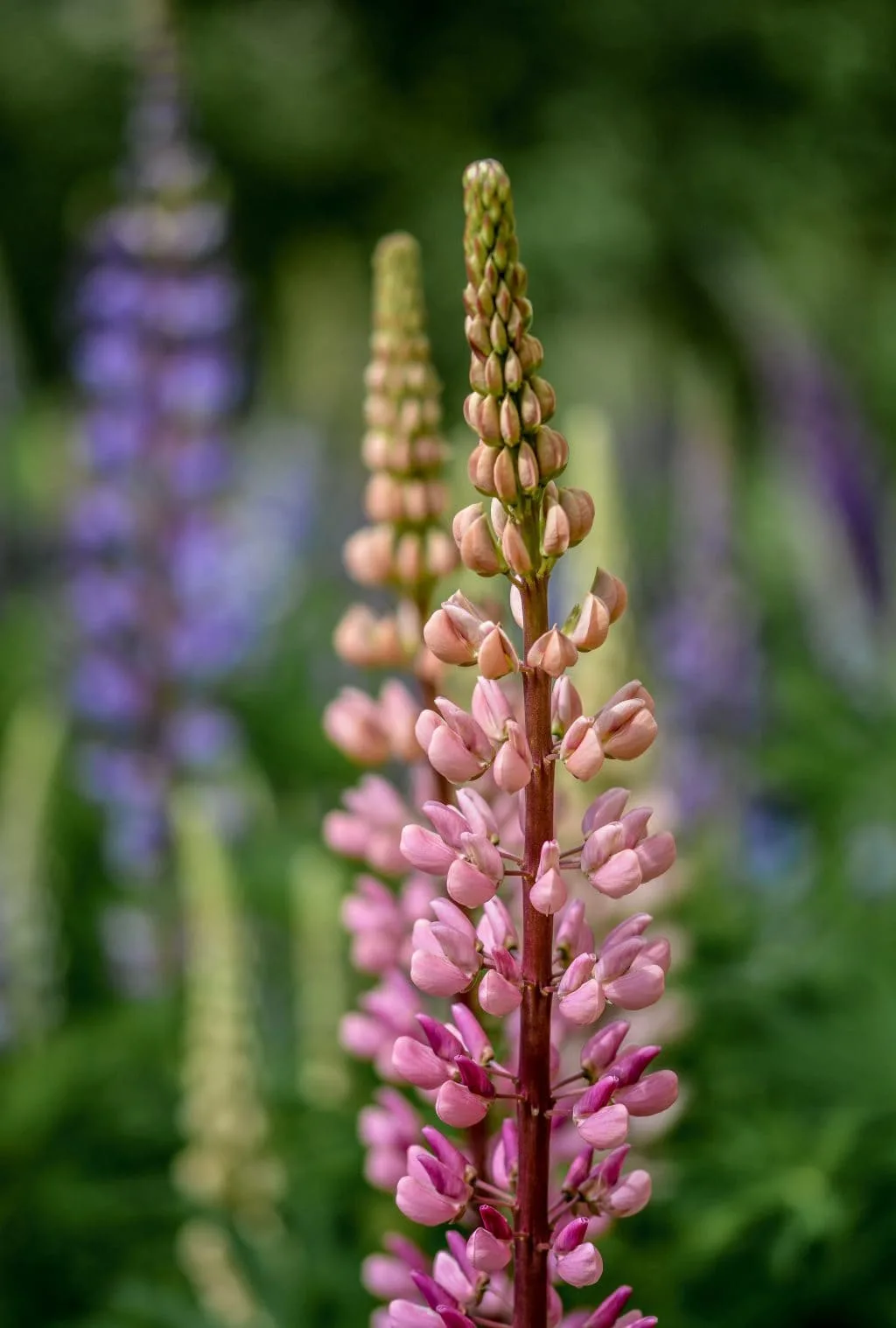Having a garden is a great way to stay in shape while adding beauty to your yard. But, unless you happen to be an expert gardener, you may not be sure when to plant, what to plant, or how to plant a wildflower garden.
To help you learn about planting in your own backyard, here’s everything you need to know about planting a wildflower garden.

How to Know When to Plant
Knowing when to plant is an important part of the planting process. You don’t want to plant too early and have your flowers die due to some remaining frost. Nor do you want to plant too late and not have them bloom in time for the bees to pollinate them.
Consider Your Climate
The first aspect you need to consider is whether you live in a cold or warm climate. Colder climates typically cover the northern part of the United States. Warmer climates are in the lower half.
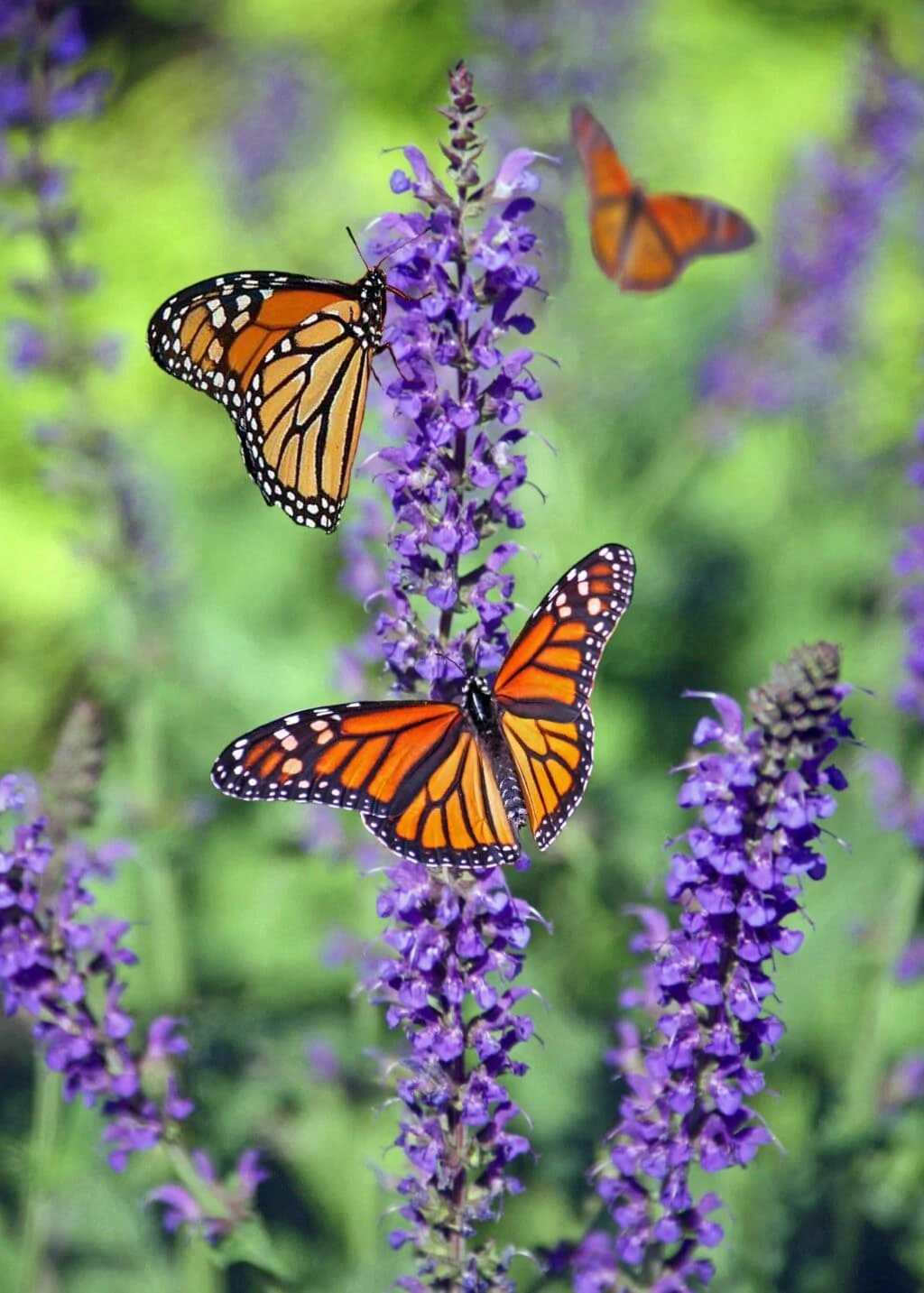
Planting in Colder Climates
For colder climates, you’ll likely have to wait a little longer to start planting than those who live in warmer climates due to long winter seasons that result in frost. There’s often a time in which one more bout of snow or frost will return and kill everything that you planted, so be sure to check on annual weather report before planting.
For most states, that means planting in May or even late April. Taking the temperature of the soil is also a good method to ensure it’s time to plant. The soil temperature should be around 55 degrees Fahrenheit for optimal growth.
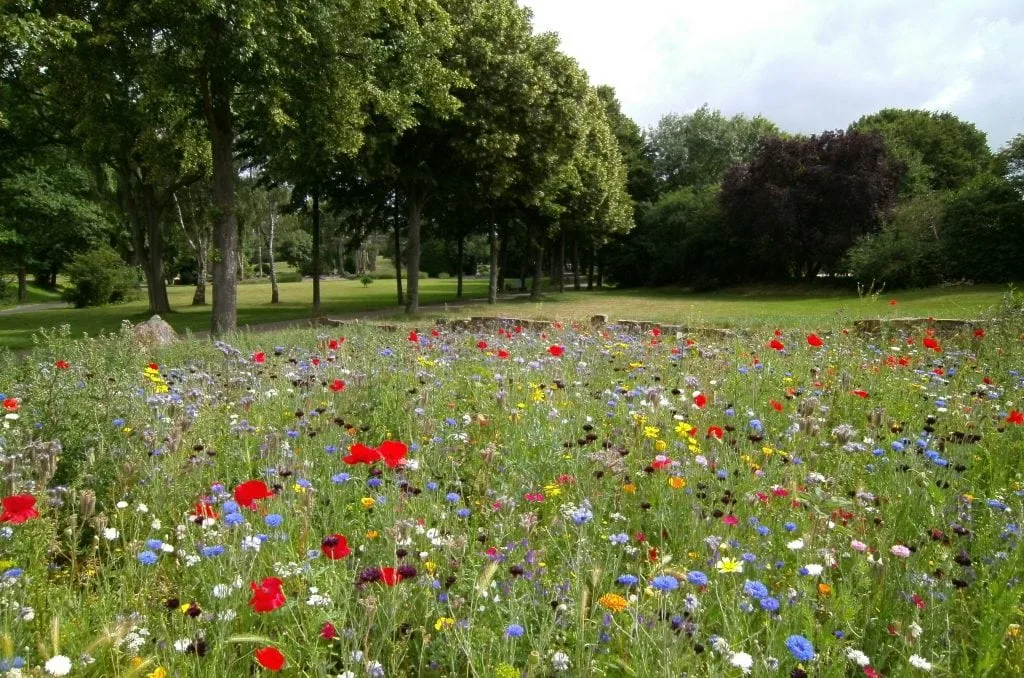
Planting in Warmer Climates
In warmer climates, you won’t have to wait as long. These are areas in which your grass frequently turns brown in the summer, so you’ll want to plant in early spring. That means you should aim late March or early April to start your garden according to Eco Peanut.
Doing so will ensure that you see some beautiful blooming flowers before the intense summer heat threatens to destroy them.
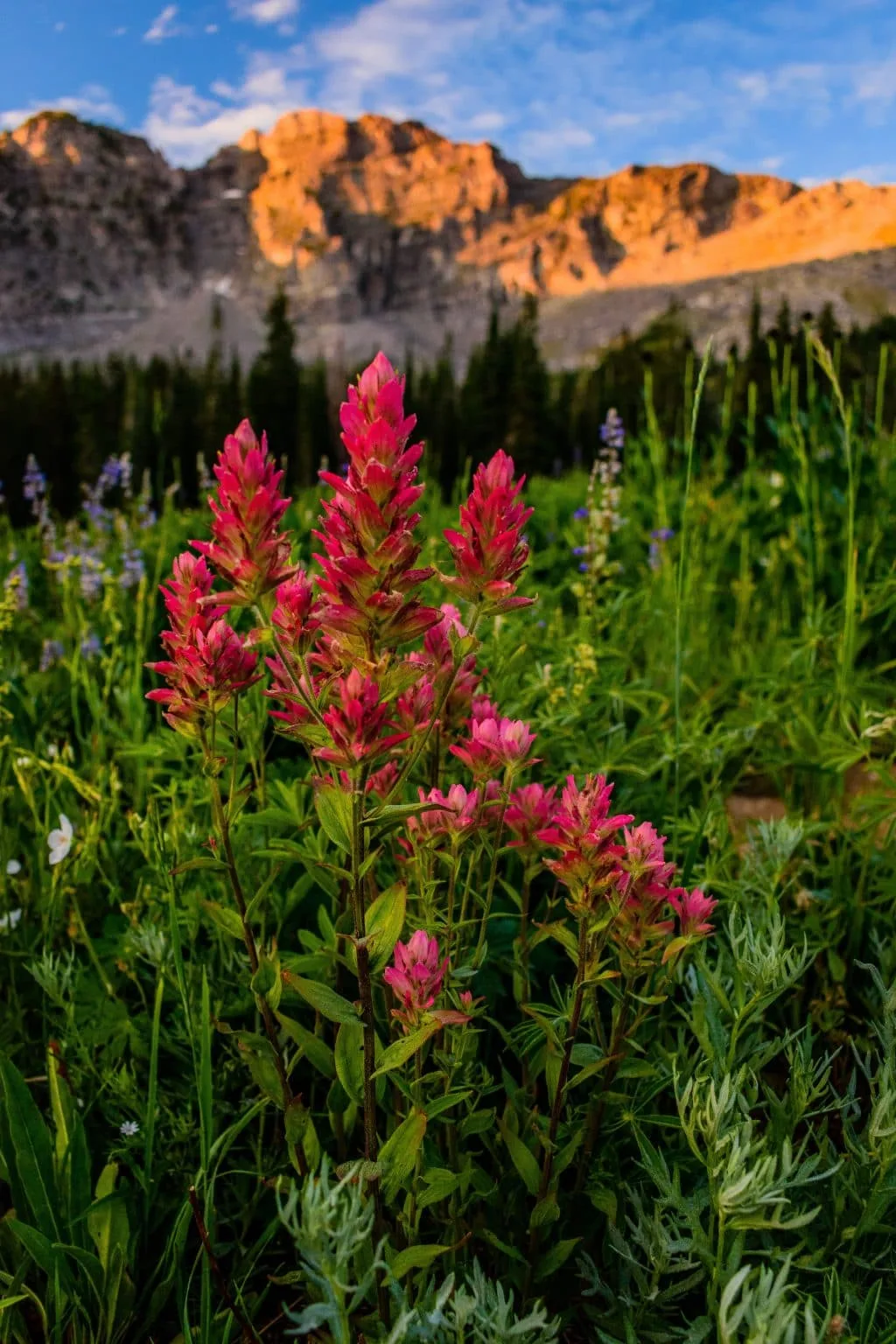
How to Prepare for Your Garden
Once your area is ready for planting, you’ll need to prepare the site and soil. Choosing your site is vital to the health of your garden.
Find an Area with Plenty of Sunlight
Every garden needs to receive plenty of sunlight. The only time your garden should be shaded is when you’re planting flowers that specifically grow well in shaded areas.
To ensure enough sunlight for your wildflowers, inspect your yard and plant wildflowers in areas that see at least six hours of direct sunlight.
Test Your Soil
When it comes to your soil, it may be already prepared for you. Most soil contains the nutrients that wildflowers need already. You can always perform a quick soil test with a kit to determine the health of the soil. As long as it isn’t sterile, you can start planting.
One way to tell if you have excellent soil is if you have weeds. Wildflowers can grow quite well in the same soil that weeds do.

Check for Drainage Issues
Finally, you need to make sure that the site has drainage. If water is allowed to pool where the flowers are, your new buds can drown. Water can also strip the soil of the nutrients that the flowers need. Create drainage if the area isn’t already equipped with it.
Secure the wildflower by keeping pests away
When planting wildflowers, it is important to have pest control in place. Pests can quickly devastate a wildflower garden, so it is important to take steps to protect your plants such as to book pest control services. There are many different types of pests that can affect wildflowers, so it is important to choose the right pest control strategy. Insects are the most common type of pest that affects wildflower gardens. There are two main types: sucking insects and chewing insects.
Begin the Seeding Process
With the soil at the right temperature, it’s time to seed your garden. One method that many gardeners prefer to use is the Split & Sand Method. Fill a bucket with some sand and some seeds, then stir it all together.
Once that’s done, you can sow it across your garden. You’ll want to make it as even as possible. The last thing you want is to clump all of your seeds together which can create competition between the seedlings that result in weak flowers.
Choosing to plant your seeds evenly is great because it helps ensure the seeds aren’t planted too closely together. It also helps you keep track of where you have already planted.
After putting your seeds down, it’s important to water them. They need water the most when they’re seedlings.
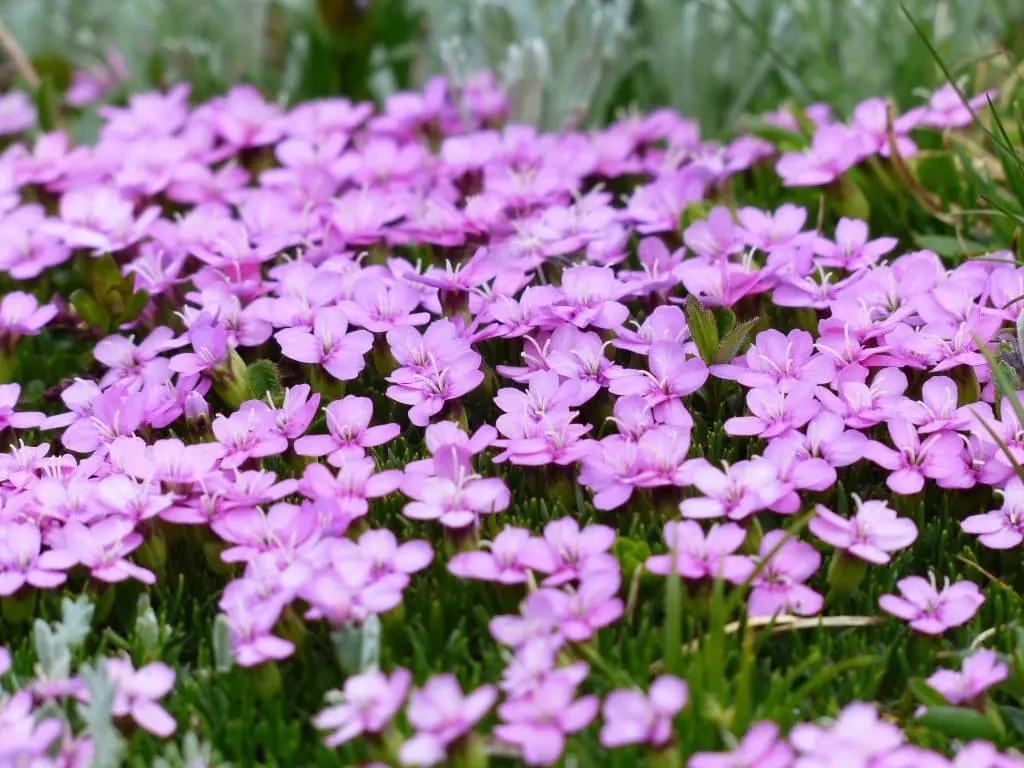
Compress the Seeds for Best Results
While you may not like the idea of stepping on your vulnerable seeds, it’s important to ensure they’re heavily compacted into the ground. This helps them germinate and ensure that they receive the nutrients they need from the soil.
It also ensures that the wind doesn’t pick up the seeds and carry them off. You can compress simply by stepping on the garden or using a seed roller.
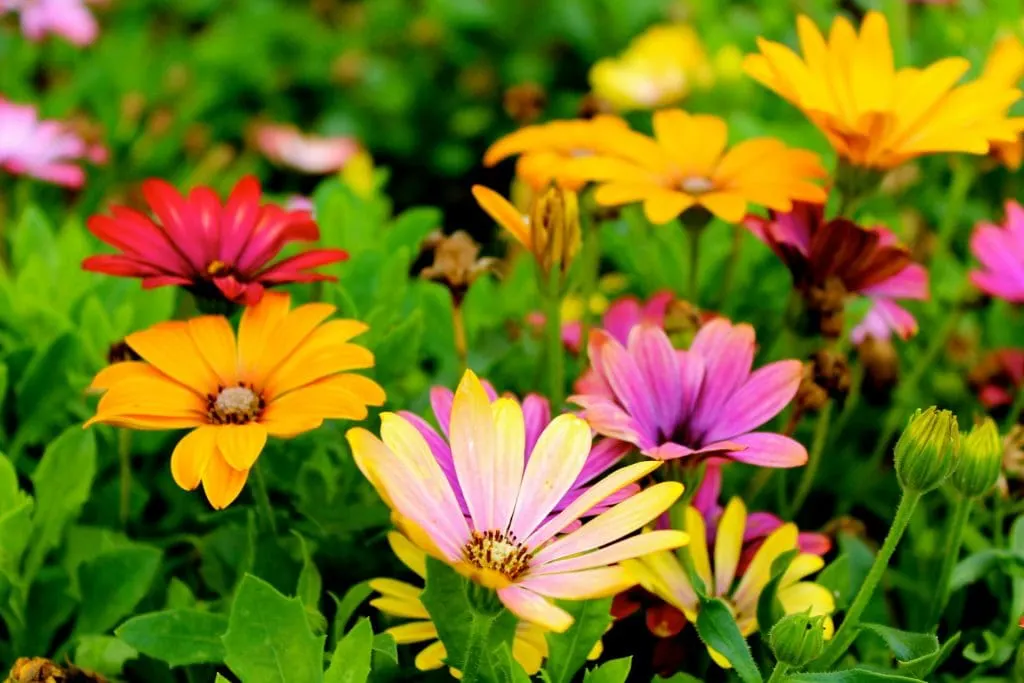
Water Your Wildflowers Often
The final step to creating your wildflower garden is watering. It’s important that they continue to receive water until they’re four-to-six inches tall.
Wildflower seeds don’t need to be buried in the soil. As such, they’re under constant threat of drying out because of the sun.
You can simply set a sprinkler on a timer to water them or you can head out to the garden and water them yourself to keep the soil moist.
Get Out and Get Gardening
Now that you know how to get started, all you have to do is get the right tools and seeds to create the wildflower garden of your dreams.
